Delhi, the city as eternal as Rome , and at times as violent as Beirut, has been the site of perpetual destruction and rebirth over the ages. As many as seven cities have come up and been ruined over the centuries, inside the geographical limits of what constitutes Delhi and New Delhi today. And of these cities, one of the striking, yet sadly neglected ones from the point of view of tourist visibility, is the Tughlaqabad Fort, which forms the site of the third city of Delhi, Tughlaqabad.
Situated on the busy Mehrauli – Badarpur road, around 5 km from the Badarpur border between Delhi and Haryana, is situated the fort built by Ghiyasuddin Tughlaq (Ghazi Malik) , the founder of the Tughlaq dynasty of medieval India (1320-1414) . Ghazi Malik was a feudatory under the Khilji rulers of Delhi. Legend has it that on one of his walks with his master, Alauddin Khilji, Ghazi Malik suggested that the emperor should build a fort on a nearby hillock . The emperor disparagingly told Ghazi Malik to build it himself when he became the ruler. And truly, in the tradition of the violent politics of medieval India, Ghazi Malik came to power in 1320 AD by usurping the rule from Khusro Khan, who had defeated the Khiljis , and took on the nome- de-plume of Ghiyasuddin Tughlaq .
Recalling the conversation with his Khilji master, he dreamt of an impenetrable fort which would keep the Mongol invaders away, and soon started the construction of his dream fort, in the Southern part of what is today Delhi.
However, fate had its own complications in store. For, in building the fort, the emperor recruited labourers from all over Delhi. As fate would have it, this brought Ghiyasuddin in direct confrontation with the famed saint Hazrat Nizamuddin Auliya, one of the legendary Sufi mystics of his time, who was infuriated as the empereror’s dictat interfered with work on the Baoli ( well) that he was constructing for public welfare, by taking his labourers away from work. Incensed, the Saint uttered the famous words, “Ya rahey hissar, ya basey gujjar (This city would survive only if the gypsies (gujjars) decide to settle here). This was a curse, since gypsies lead nomadic lives , thus meaning that the fort would remain uninhabited. And it was a prophecy that was eventually to come true.
The fort was completed in 1325, after four years of intense labour, and with its own share of hiccoughs, one of which was the death of Ghiyasuddin at the hands of his own son Mohammed bin Tughlaq, in 1325 at Kara, Uttar Pradesh, when the emperor was returning from a military campaign in faraway Bengal . This was also traceable to another of the curses uttered by Nizamuddin Auliya, against the emperor, Hunuz Dilli dur ast (Delhi is still far away). Thus, Ghiyasuddin could never return to Delhi.
Today, the deserted fort, consisting of massive stone ramifications and rubble-filled walls, is a testimony to the fact that determination can move mountains, but fate rules supreme. Ghiyasuddin could never witness the completion of work on the fort dreamt of by him, and the mantle passed on to his son, the legendary Mohammed bin Tughlaq, famously known as the maverick and whimsical emperor of medieval India.
The perimeters of the fort stretch over 6 km, and had 52 gates at one time, of which only 13 currently remain. It also had seven rainwater tanks, which are in a decrepit state today. However, the massively fortified perimeter of the fort, with rubble-filled city walls, is witness to the grandeur of a bygone era. The fort is divided into three parts:
1) the wider city area with houses built along a rectangular grid between its gates
2) the citadel with a tower at its highest point known as Bijai Mandal and the remains of several halls and a long underground passage. On the western side is a Baoli ( water reservoir)
3) the adjacent palace area containing the royal residences. A long underground passage below the tower still remains.
I enjoyed walking along the parapets and tunnels of the fort… playing light and darkness. As I reached the northern limits of the fort, in the distance I could see the fortress of Adilabad, later constructed by Mohammed bin Tughlaq. There is a wide mound near the south eastern-corner of Tughlakhabad Fort, that leads to a passage to Adilabad.
The fort is under the control of the Architectural Survey of India ( ASI), but the guard at the entrance told me that it was not very safe in the evenings, a reputation that it has unfortunately gained over the years. Today, most of the fort is filled with dense thorny vegetation, but modern day settlements have encroached upon some of the areas.
Situated on the opposite side of the fort, across the busy Mehrauli- Badarpur road ( originally constructed by Ghiyasuddin) , is the emperor’s mausoleum. It is a neat , irregular pentagonal structure, built in red stone and marble, and carries the graves of Ghiyasuddin Tughlaq, and those of his wife and his son , Mohamamd bin Tughlaq . As I roamed inside the structure, shafts of light thorough the open doors came in, and illuminated the interiors, lighting up the three tombs. The mausoleum is impeccably maintained, unlike a large portion of the fort itself.
Coming back to the history of the fort, Mohammed bin Tughlaq, one of the most whimsical ( and many would say, tyrannical) rulers of his time, decided in 1327 to impulsively to shift the capital to the Deccan city of Daulatabad, now in Aurangabad district of Maharashtra. However, he had to shift back in a few years’ time, due to severe logistics problems and shortage of water. This migration back and forth caused thousands of deaths amongst his subjects due to sheer exhaustion…… but the emperor was unperturbed. However, he decided to build a new city, Jahanpanah (located between modern-day Mehrauli and Siri) , abandoning the Tughlaqabad fort, convinced that it was cursed. Thus, the curse of the Hazrat played itself out at the opportune moment, proving that the mightiest of emperors are not immune to the vagaries of fate.
Though in ruins, true to the prophecy of Hazrat Nizaduddin Auliya, Tughlaqabad Fort is definitely worth a visit, a good place for photography, and a poignant reminder of the vignettes of history that stand buried among the ruins that dot the landscape of Delhi. Come here, feel the pulse of history, and allow yourself to be carried away by the historical significance of this place.

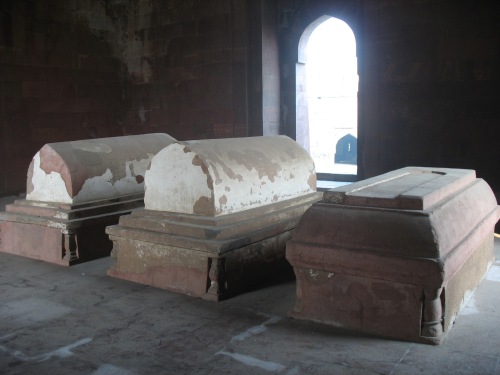
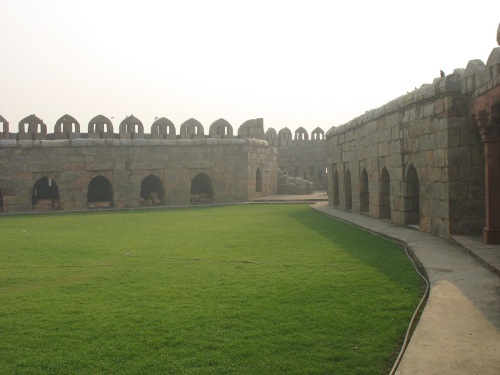
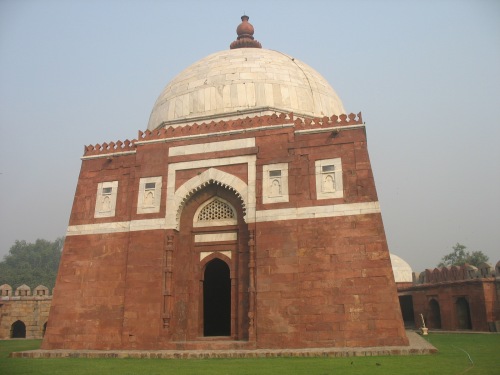
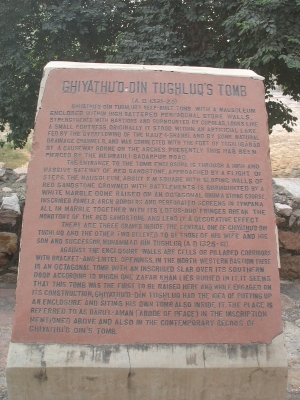
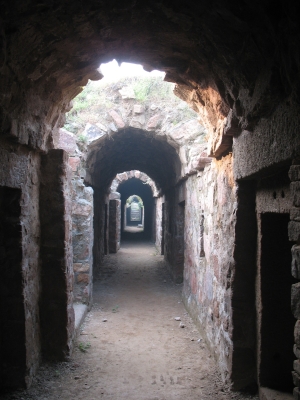
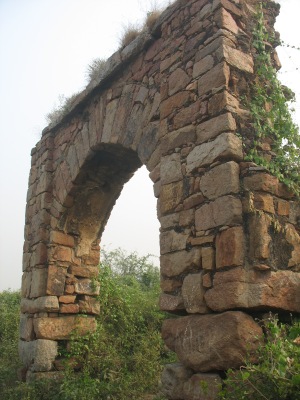
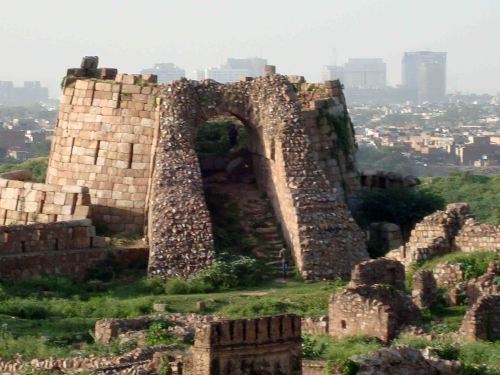

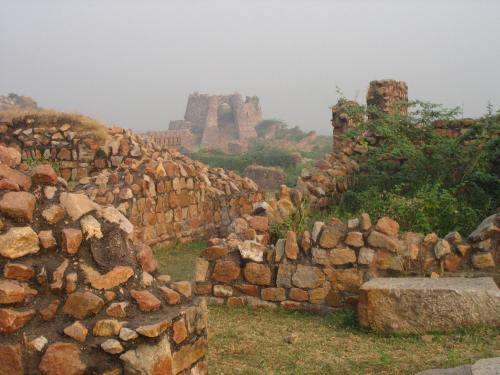
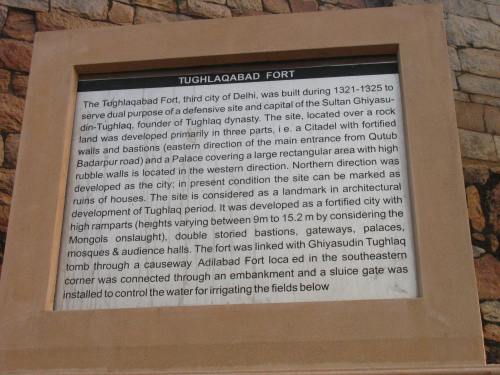
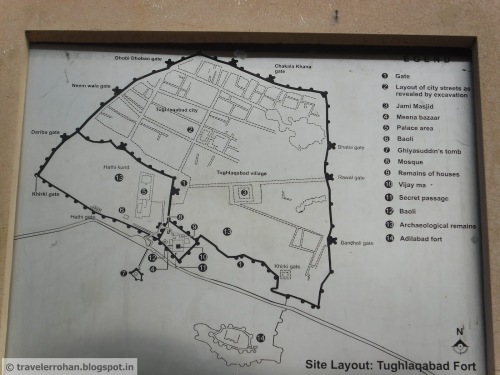

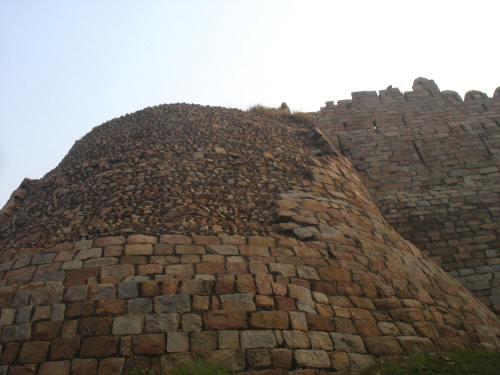
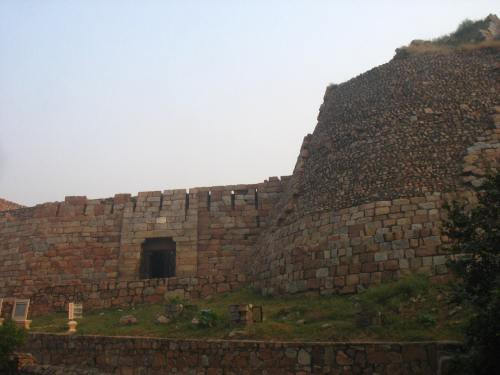

Such a nice article on the remnants of Tughlaq dynasty with a good insight in the history as well.
LikeLike
Thank you, Pooja
LikeLike
Forts, they are my favourite pick anyday
LikeLike
Luckily, India is full of forts. Keep watching my blog for more of them.
LikeLike